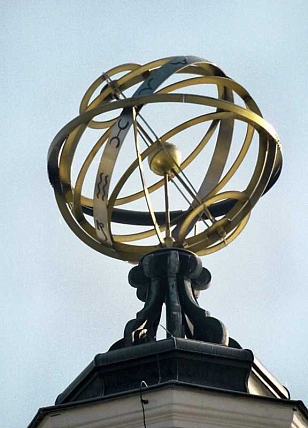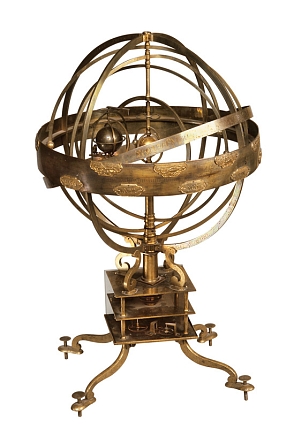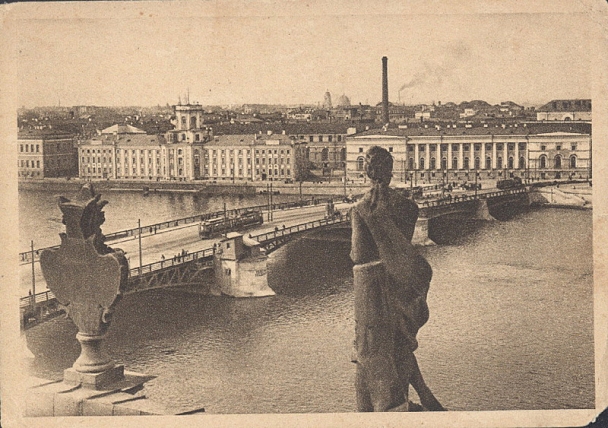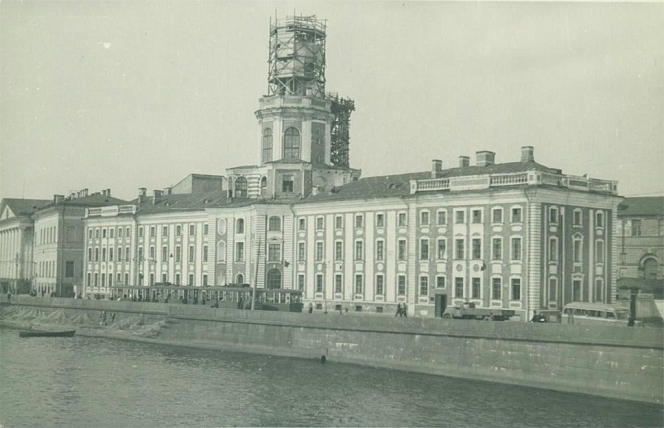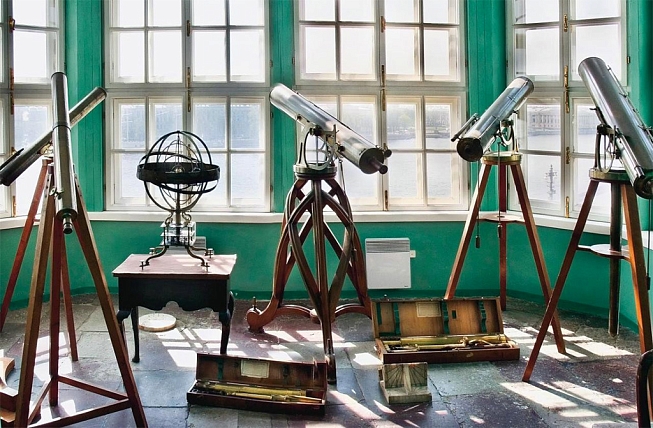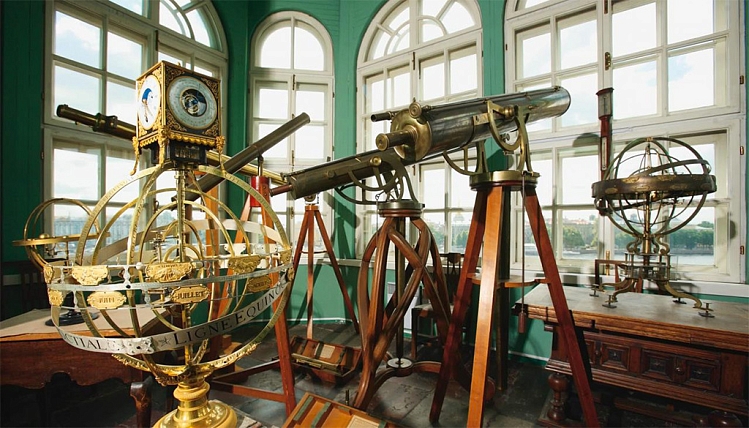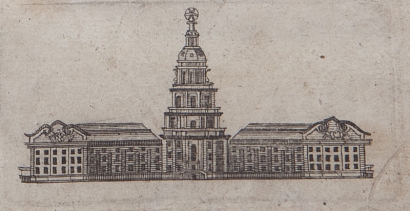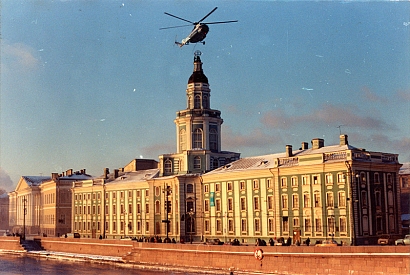- Visit Us Safely
- Opening Hours
- Getting Here
- Admission and Tickets
- Exhibitions
- Virtual 3D Tour
- Kunstkamera Mobile Guide
- History of the Kunstkamera
- The Kunstkamera: all knowledge of the world in one building
- Establishment of the Kunstkamera in 1714
- The Kunstkamera as part of the Academy of Sciences
- The Kunstkamera building
- First collections
- Peter the Great's trips to Europe
- Acquisition of collections in Europe: Frederik Ruysch, Albert Seba, Joseph-Guichard Duverney
- The Gottorp (Great Academic) globe
- Siberian expedition of Daniel Gottlieb Messerschmidt
- The Academic detachment of the second Kamchatka expedition (1733-1743)
- 1747 fire in the Kunstkamera
- Fr.-L. Jeallatscbitsch trip to China with a mission of the Academy of Sciences (1753-1756)
- Siberian collections
- Academy of Sciences' expeditions for geographical and economic exploration of Russia (1768-1774)
- Research in the Pacific
- James Cook's collections
- Early Japanese collections
- Russian circumnavigations of the world and collections of the Kunstkamera
- Kunstkamera superintendents
- Explore Collections Online
- Filming and Images Requests FAQs
The Observatory and armillary sphere
The first in Russia Astronomical Observatory was located on the 3rd – 5th levels of the Kunstkamera tower up until the mid-19th century. J.-N. De L’Isle, the first professor of astronomy at the St. Petersburg Academy of Sciences, together with astronomers C.N. von Winsheim and G. Heinsius took care of its arrangement. Initially, the Astronomical Observatory was equipped with astronomical instruments which De L’Isle had brought from Paris. Later on, they were supplemented by the devices produced at the Academy’s workshops by talented masters I.I. Belyaev, P.O. Golynin, F.N. Tityurin, and N.G. Chizhov. By mid-1730s, the observatory of the St. Petersburg Academy of Sciences was considered the best in Europe. The observatory carried out scientific researches and applied studies on national astronomy, geography, geodesy, cartography, meteorology. Here the St. Petersburg tradition of the midday signal originated. Exactly from here, the Kunstkamera tower, a signal was routed using torches and mirrors to the Admiralty where from artillery gun would shoot to let residents of Saint Petersburg know that it was 12 pm.
The Kunstkamera tower is crowned with an armillary sphere presenting a model of the solar system. Since the Renaissance epoch, the armillary sphere remained the symbol of the universe and, later on, it gradually turned into a symbol of science. It could be frequently seen in front of houses or on towers of educated European nobility; images of the sphere were placed on scholars’ portraits. In this capacity of a symbol of the universe cognition, the armillary sphere was also perceived in Russia in the times of Peter the Great. There is no surprise that it decorates the tower of the Kunstkamera, the first universal public museum in Russia, a museum thought of by Peter I as a palace of science. At the initial stages of the Kunstkamera construction, under discussion was the idea of a weathercock on top of the tower: it would have been showing the exact direction of the wind. However, later on, this idea was abandoned. Instead of the weathercock, mechanic Pierre Vignon, assistant to Academician De L’Isle who came to St. Petersburg with him from Paris, proposed to establish an armillary sphere on top of the Kunstkamera tower and this was accepted. In1730, a “great wooden needle” was erected on top of the tower, and mechanic Vignon constructed a “sphère armillaire” which was installed over the cupola of the tower.
The armillary sphere over the Kunstkamera building was lost in the fire of 1747. In 1758, Architect S.I. Chevakinsky restored the tower but without its upper part. In such reduced appearance it had remained for nearly 200 years. The initial look of the building was brought back only in 1948–1949, when the tower was crowned by a new armillary sphere constructed by the project of Architect R.I. Kaplan-Ingel.
By the early 1990s, it became obvious that in forty years, the armillary sphere had got out of order. The Saint-Petersburg research and construction company “Prometey” came up with a constructional design and manufactured a new sphere of titanium alloy. On November 28, 1993, it was installed on top the Kunstkamera tower.
The tower has once again turned into one of architectural landmarks of our city: a symbol of St. Petersburg, a city of science, aligned with other symbols of our city - the spires of Peter and Paul Fortress and the Admiralty.
